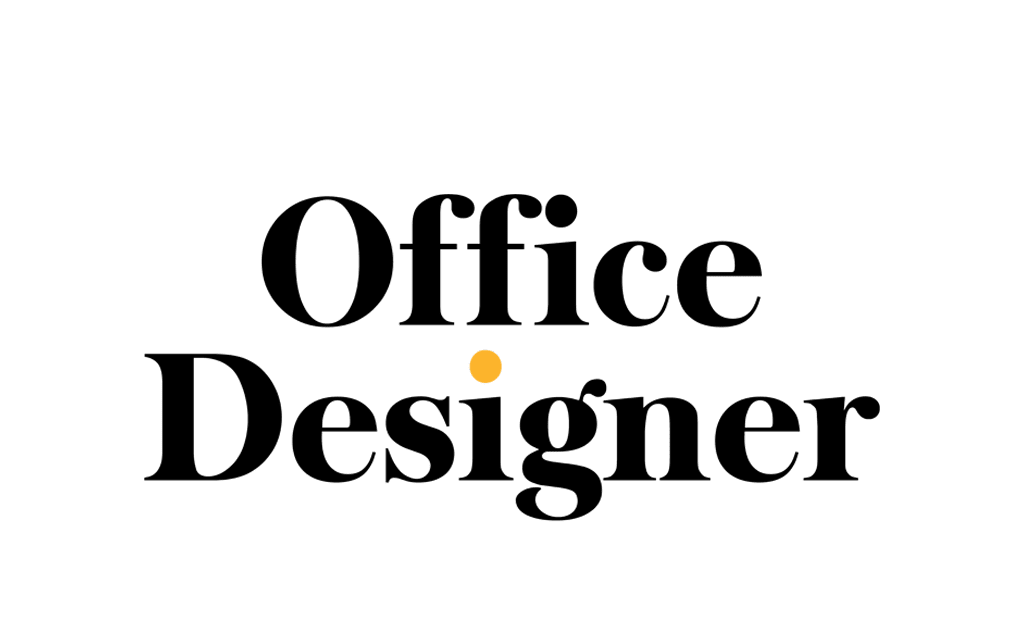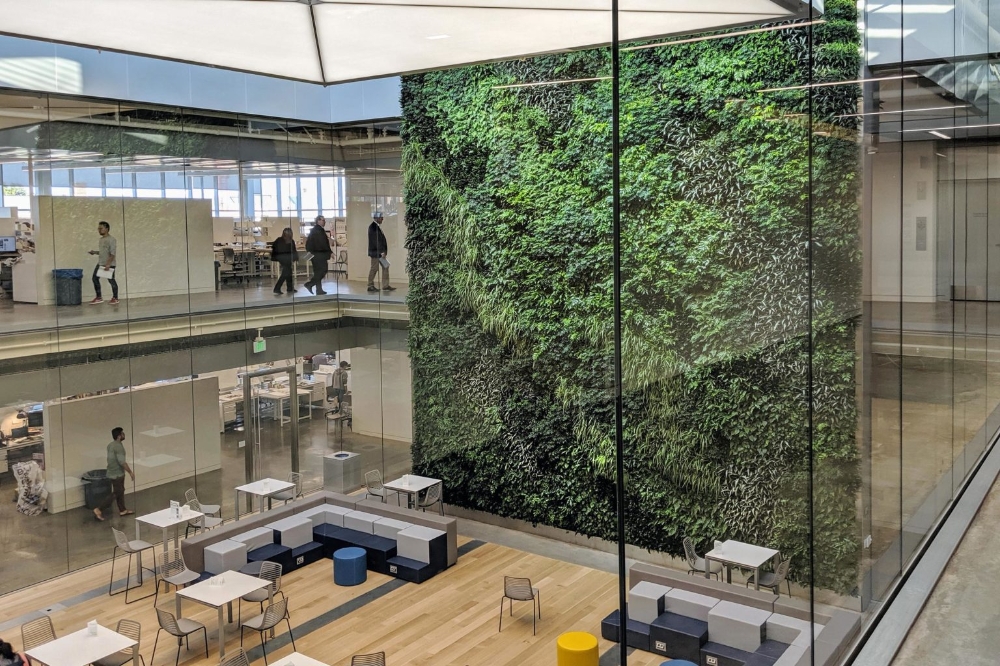The concept of biophilic design is revolutionising the way we perceive and interact with our working environments. This innovative approach, rooted in the innate human connection to nature, is transforming mundane office spaces into vibrant, natural sanctuaries. In this blog post, we delve into the essence of biophilic design and its profound impact on modern workplaces.
The Essence of Biophilic Design
At its core, biophilic design is about integrating natural elements into architectural and interior design. The term, derived from ‘biophilia’, which translates to ‘love of nature’, was popularised by American biologist E.O. Wilson. He proposed that humans have an inherent affinity towards nature, and this connection is vital for our well-being and productivity.
Biophilic design goes beyond mere aesthetics. It encompasses a range of practices and elements such as natural lighting, vegetation, natural materials, and nature-inspired textures and patterns. The objective is to create a space that psychologically and physically connects occupants to the natural world.
Transforming Office Spaces
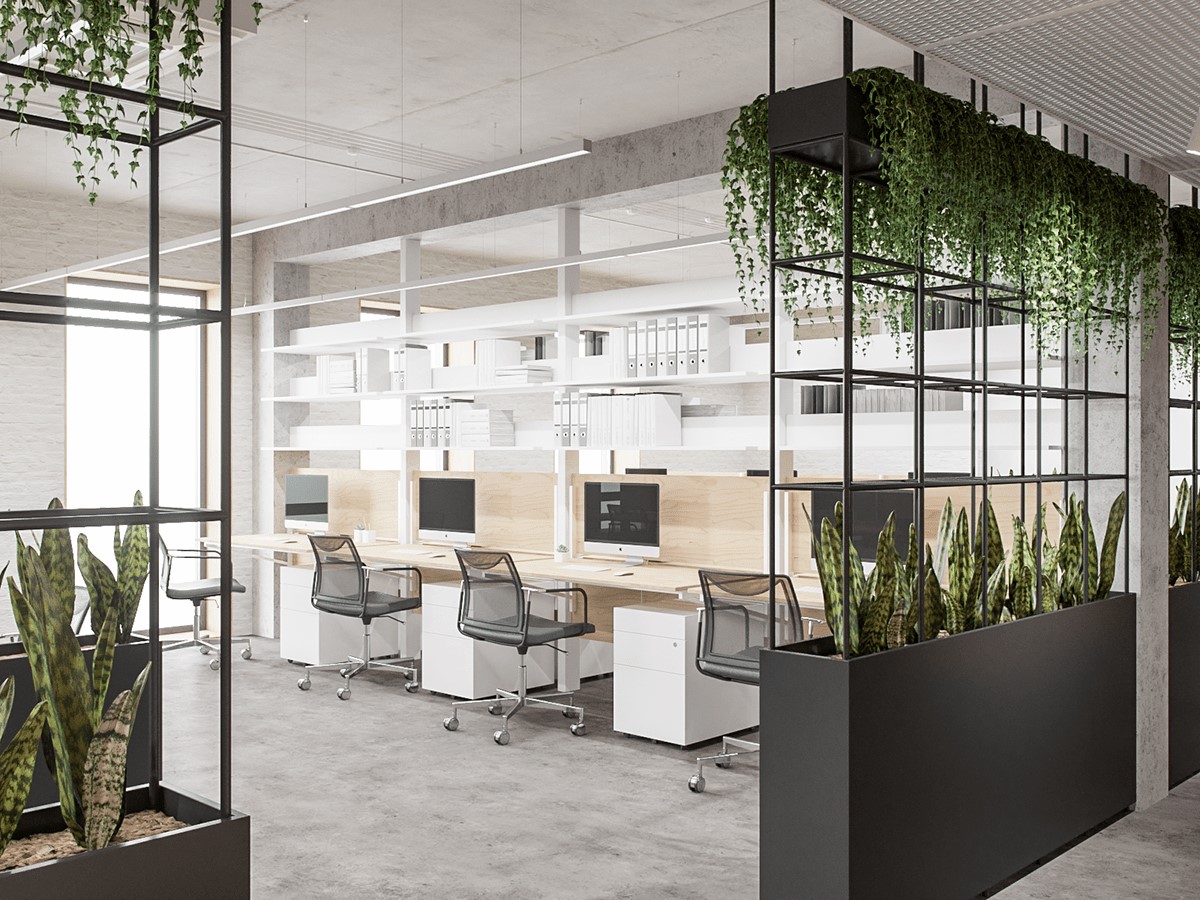
The impact of biophilic interior design in office spaces is profound and multifaceted. In the bustling urban landscape, office spaces often feel disconnected from the natural world. However, incorporating biophilic elements can create a more harmonious and stimulating environment.
Improved Mental Well-being and Productivity: Studies have shown that biophilic interior design can significantly enhance mental health and increase productivity. Natural light, for instance, regulates circadian rhythms, improving sleep quality and energy levels. Similarly, the presence of plants and greenery reduces stress and fosters a sense of calm.
Enhanced Creativity and Focus: Natural elements within an office can stimulate creativity and improve concentration. The visual connection to nature can rejuvenate the mind, encouraging innovative thinking and problem-solving abilities.
Physical Health Benefits: Biophilic design can also contribute to physical health. For example, improved air quality through natural ventilation and the presence of plants can reduce the prevalence of sick building syndrome.
Case Studies and Success Stories
Several leading companies have embraced biophilic design with remarkable results. For instance, Amazon’s Seattle headquarters features The Spheres – domed structures filled with over 40,000 plants, embodying the very essence of biophilic design. Similarly, Microsoft’s treehouse meeting spaces are another testament to this trend, offering employees an immersive natural experience.
Key Elements of Biophilic Design in Offices
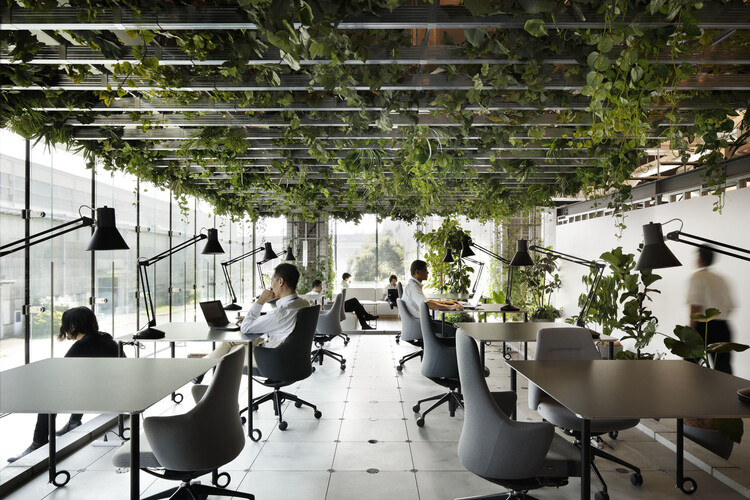
Natural Light: Maximising natural light not only reduces the reliance on artificial lighting but also helps regulate our biological clock, improving sleep and productivity.
Vegetation and Natural Materials: The use of plants, water features, and natural materials like wood and stone can reduce stress and improve air quality, creating a healthier work environment.
Views of Nature: Windows offering views of landscapes, gardens, or even urban greenery help in reducing mental fatigue and stress.
Dynamic and Complex Environments: A biophilic office should have varied and engaging spaces – think spaces that mimic the diversity of natural environments.
Colour Schemes Inspired by Nature: Colours that reflect the natural world, such as greens, browns, blues, and earthy tones, can enhance the connection to the outdoors.
Challenges and Considerations
While the benefits are clear, implementing biophilic design comes with its challenges. It requires thoughtful planning and investment. Balancing natural elements with the practicalities of an office space can be complex. Additionally, maintenance of these natural elements, especially in varied climates, requires careful consideration.
The Future of Biophilic Design in Offices
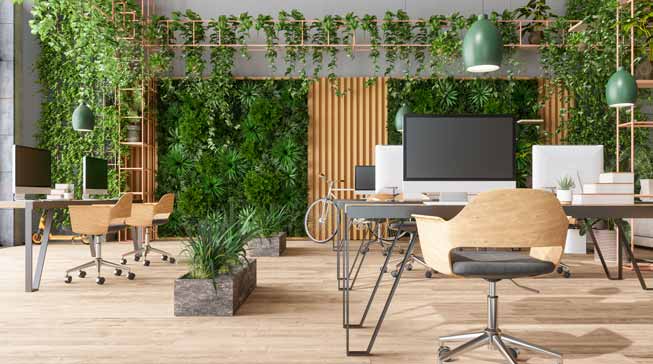
As we move forward, biophilic design is set to become a staple in office architecture and interior design. With increasing awareness of its benefits, more businesses are likely to adopt this approach. Furthermore, technology plays a pivotal role in this evolution. Innovations in sustainable materials and smart building solutions are making it easier to integrate natural elements in urban settings.
In conclusion, biophilic design is not just a trend but a necessary evolution in our approach to workplace environments. By embracing nature, we are not only enhancing the aesthetic appeal of office spaces but also contributing positively to the well-being and productivity of individuals. As we continue to forge a deeper understanding of our intrinsic connection to the natural world, biophilic design stands as a testament to the symbiotic relationship between nature and the built environment.
